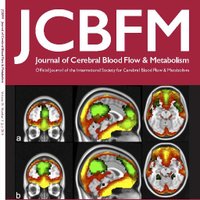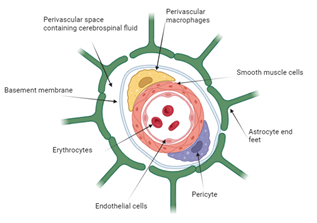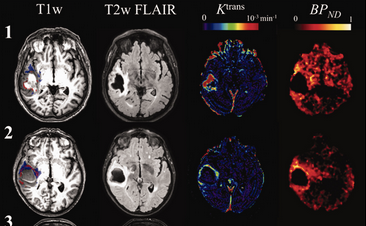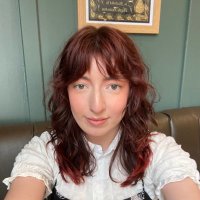
Olivia A Jones
@ooliviajones
PhD student @OfficialUoM investigating MRI methods to image the blood-brain barrier & neuroinflammation after stroke 🧠🧲
ID: 1280600198113374208
https://www.linkedin.com/in/olivia-a-jones-92b003189 07-07-2020 20:31:14
129 Tweet
258 Followers
349 Following

So excited that my paper “Depression, brain structure and socioeconomic status: A UK Biobank study” is out today 🎉 Thank you to Caroline Lea-Carnall Asri Maharani and Nick Shryane for working on this with me. Read it here: sciencedirect.com/science/articl…
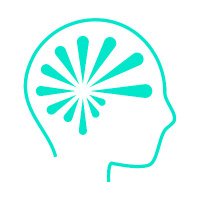





Nima Geemon is using zebrafish to understand how a specific protein is involved in haemorrhagic stroke, and if drugs can be made to target this protein to improve post-ICH outcome.

Emily McMahon is studying an immune response called the "NLRP3 inflammasome”, to understand its role in brain damage after haemorrhagic stroke and to identify new drugs that could protect the brain and improve recovery.

Daisy Flatman is developing new zebrafish models for cerebral small vessel disease. She is using these zebrafish to understand the biological mechanisms leading to haemorrhagic stroke, and how we could use drugs to protect against them.


Mary Newland is investigating drugs which block the cytokine Interleukin-1 after haemorrhagic stroke, aiming to see whether these drugs can reduce brain swelling linked to poor outcomes in patients.

Chiara Ramponi is studying how a newly developed drug influences the immune system's response to intracerebral haemorrhage.

Our researchers are also looking at ICH in patients. Olivia A Jones and Adrian Parry-Jones recently completed analysis of a multimodal imaging study exploring inflammation in the brain after acute haemorrhagic stroke. The results can be found here: doi.org/10.1177/027167…


Meanwhile, Olivia Murray is developing an AI tool to predict long term motor recovery after haemorrhagic stroke from diagnostic CT brain scans.🖥️

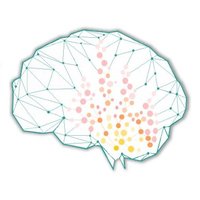
We're excited to announce several new PhD positions available in BIG and beyond, as part of the #VIDADTC funded by Alzheimer's Society. Focusing on vascular and immune contributors to #dementia, VIDA is recruiting PhD candidates for 2025 entry, to The University of Manchester and 3 partner sites
